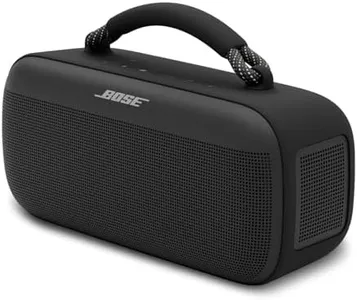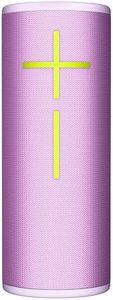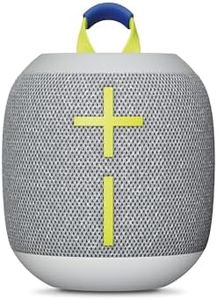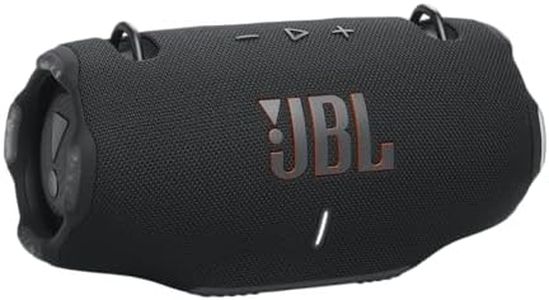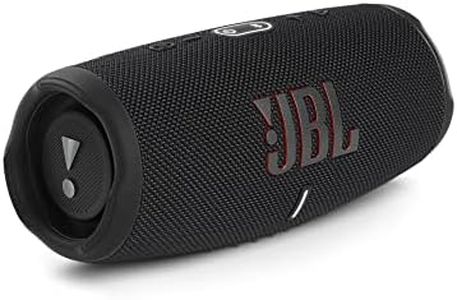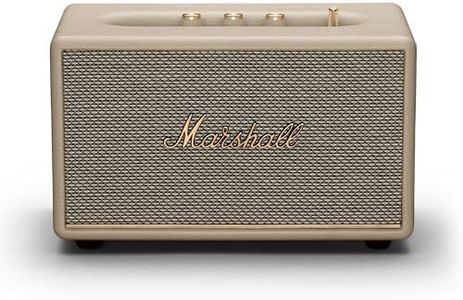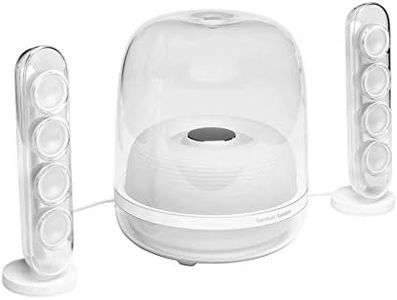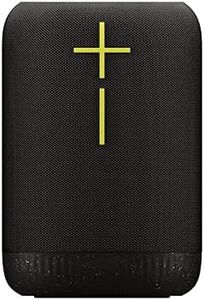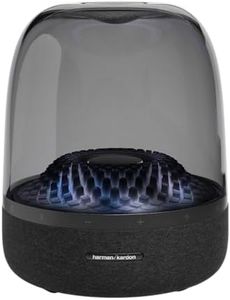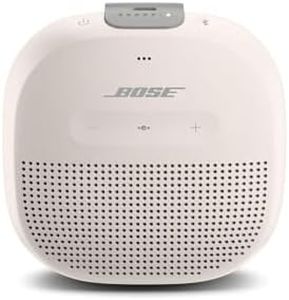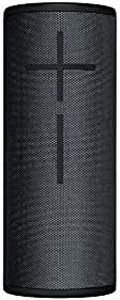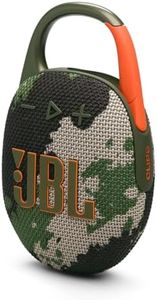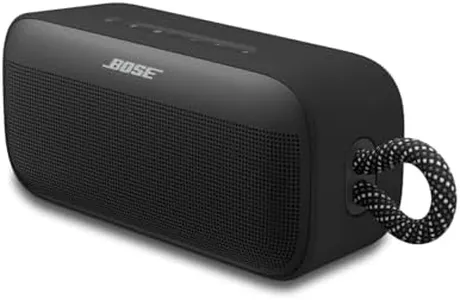We Use CookiesWe use cookies to enhance the security, performance,
functionality and for analytical and promotional activities. By continuing to browse this site you
are agreeing to our privacy policy
10 Best Loud Bluetooth Speakers
From leading brands and best sellers available on the web.Buying Guide for the Best Loud Bluetooth Speakers
When shopping for loud Bluetooth speakers, your main goal is to find a speaker that fits your listening environment, preferences, and portability needs. It's important to consider where and how you'll use your speaker—indoors, outdoors, for parties, or just personal enjoyment. Understanding the key specifications will help you pick a speaker that delivers the loudness, clarity, and functionality you want without wasting money on features you don't need.Sound Output (Wattage / RMS Power)Sound output, often measured in watts (W) or RMS (Root Mean Square) power, tells you how powerful a speaker can get and how loud it can play without distorting the audio. The higher the wattage, the louder the speaker can be. For personal indoor listening, a lower wattage (less than 20W) usually suffices. For small gatherings or outdoor use, look for speakers in the 20W-50W range. Large outdoor events or parties benefit from even higher wattage (above 50W). Your choice should match your typical usage scenario—don't go for the highest wattage if you'll mostly listen at home at moderate levels.
Driver Size and NumberThe speaker’s drivers are the parts that produce sound. Larger and/or more drivers usually mean better and louder sound. Sizes typically range from small (under 1.5 inches) to large (over 3 inches). Single-driver speakers tend to be more compact but may lack rich sound, while multiple drivers can handle high, mid, and low frequencies separately for fuller audio. If you want portable loudness, look for a balance between size and driver number. For big, bass-heavy sound, opt for multiple larger drivers but be ready to handle the extra size and weight.
Battery LifeBattery life indicates how long your Bluetooth speaker will last on a single charge. This is usually stated in hours. If you just need something for occasional use, 5–8 hours could be enough. For extended outdoor activities, days at the park, or parties, aim for a battery that lasts 12-24 hours. Remember, playing music at maximum volume will drain the battery faster, so pick a model with a longer battery if you plan on using it at high volumes often.
Bluetooth Version and RangeThe Bluetooth version shows how modern the wireless connection is, affecting signal stability and energy efficiency. Newer versions (like 5.0 or above) usually provide a stronger connection and greater range, up to 30 feet indoors and even more outdoors. If you plan to move around or use your speaker far from your device, look for a more recent Bluetooth version. If the speaker will stay near your device, the version is less crucial.
Water and Dust Resistance (IP Rating)The IP rating tells you how well the speaker stands up to water and dust. Ratings like IPX4 mean it can handle splashes, while IPX7 or higher means it can survive brief submersion. If you plan to use your speaker at the pool, beach, or outside, a higher IP rating gives peace of mind. For home-only use, you can be less strict about this feature.
Portability and WeightPortability involves how easy it is to carry the speaker around, usually related to its weight and design features such as a carrying handle. Smaller, lighter speakers are easy to move and pack but may sacrifice loudness or battery life. Larger speakers can offer bigger sound but might be awkward to carry. If you're always on the go, go lightweight. If loudness and deep sound are your top priorities, a heavier, bulkier speaker may be worth it.

